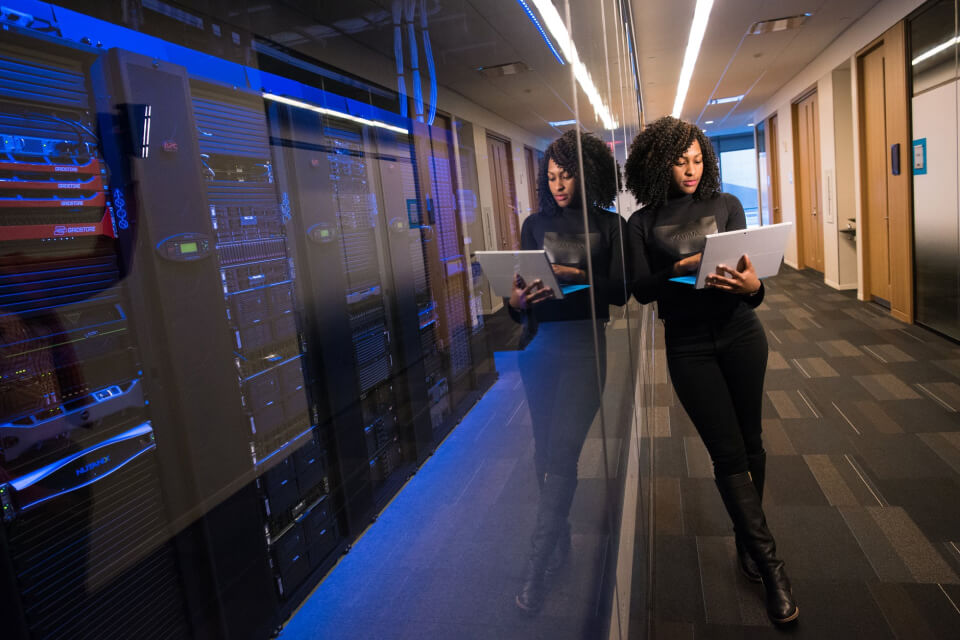A Timeless Legacy: Maya Civilization Preceding Columbus

In a world often overshadowed by Christopher Columbus’s arrival in the Americas in 1492, a remarkable truth emerges – the Maya people had already cultivated one of history’s most sophisticated civilizations centuries before the Spanish ever set foot in Mesoamerica. This remarkable civilization pioneered groundbreaking advancements in both engineering and science, laying the foundation for what would become a legacy of knowledge, innovation, and culture.
A Living Legacy: The Resilience of the Maya Civilization
Dispelling the myth of extinction, the Maya people endure as a vibrant and living community, countering the misconception that they have faded into history. Despite difficulties in enumerating their exact population, estimates point to around 15 million Maya individuals. Their reluctance to disclose personal information to census-takers stems from a collective experience, underscoring their enduring spirit as a people.
Lessons from the Past: Insights into Human-Environment Dynamics
The Maya’s journey through history offers invaluable lessons about humanity’s relationship with the environment, unveiling the intricate interplay between civilizations’ rise and fall. From monumental public works and intricate governance structures to captivating artistry and communal spirit, the Maya civilization provides a captivating narrative that resonates with our present.
Unveiling the Enigma: Maya Civilization through Archaeological Discovery

Scratching the surface of Maya’s archaeological wealth leaves us yearning for more, for there is so much more to discover. Recent revelations through LiDAR technology have brought to light a hidden marvel – a 3,000-year-old Maya complex concealed in Mexico’s Tabasco State. With colossal dimensions surpassing even the grandeur of Egypt’s pyramids, this site offers a glimpse into the ancient civilization’s profound architectural accomplishments.
LiDAR’s Revelation: Unearthing Maya’s Hidden Legacy
Takeshi Inomata, an astute archaeologist from the University of Arizona, uncovered this vast Maya complex through LiDAR technology, a monumental discovery that was hitherto unnoticed due to its sheer magnitude. LiDAR mapping has become an indispensable tool, unveiling numerous undiscovered Maya sites that enrich our understanding of their history.
A Glimpse into Everyday Life: The Palenque Mapping Project
Diving deeper into Maya’s existence, the Palenque Mapping Project emerged to unravel the mysteries of Palenque, Chiapas, Mexico – a city abandoned between 850 and 900 AD. Beyond the ceremonial center that had garnered attention for over a century, this project delved into Palenque’s outskirts, unearthing urbanized landscapes that testified to the Maya’s cooperative lifestyle during the Late Classic period.
Threads of Unity and Diversity: Maya Civilization’s Social Fabric

Evidences of social diversity within Palenque’s ruins reflect a broader Maya societal trend marked by sophisticated building projects, intricate artistry, and historical records. This communal mindset, evident in both artistic depictions and political practices, echoes through time, transcending into the modern-day Maya community.
Maya Religion: Beyond the Shadows of Sacrifice
While popular culture often spotlights human sacrifice within Maya rituals, their spiritual realm goes beyond sensationalism. Offering food, embarking on pilgrimages, enacting theatrical performances, and engaging in ritual ball games unveil a more multifaceted spiritual landscape. The Maya’s communitarian perspective towards their deities mirrors their present-day community-level politics.
Culinary, Artistic, and Technological Marvels

Maya’s indelible footprint extends beyond ideology into the realm of cuisine, art, and innovation. Their affinity for maize, chocolate, and vanilla has enriched world cuisine, while the enigma of “Maya blue” paint production and its underlying incense-based binding agent baffled modern scientists for decades.
Infusion of Traditions: Maya’s Enduring Impact
As Maya traditions traverse time, modern-day chocolatiers sought inspiration from their practices, encapsulating the circle of cultural influence. Echoes of Maya artistry can still be seen on ancient murals and pottery through the vibrant “Maya blue,” revealing the secrets of its enduring coloration.
Bridging Ancient Legacies and Modern Resilience

Amid the conquests that marred history, the Maya people’s indomitable spirit persevered, leaving behind a legacy that modern researchers endeavor to restore. Diego de Landa’s destructive campaign could not sever the ties to their ancestral rituals entirely, with modern-day Maya blending Christianity with their traditional practices.
Rediscovering Echoes of the Past: Modern Interaction with Maya Heritage
Venturing into Mexico today leads explorers to places where ancient ceremonies and music resonate. The Loltún Caves stand as a testament to time, echoing with the harmonious musical notes struck from natural columns. Unearthing new archaeological sites through LiDAR technology and timeless human exploration unveils Maya civilization’s intricate puzzle piece by piece.
An Enduring Legacy: Modern Maya’s Reclamation
Today’s Maya people rightfully reclaim their position as heirs to a civilization marked by wisdom and innovation. Their dedication to preserving age-old traditions shines as a testament to human resilience. Engaging with modern Maya communities deepens our appreciation for their indomitable spirit and reaffirms our shared identity as global citizens.
A Multifaceted Journey: Discovering Maya Civilization’s Lessons
Maya history offers a multifaceted lens to explore diverse fields, encompassing politics, art, agriculture, architecture, and spirituality. Beyond the textbooks, immersing ourselves in the Maya people’s contemporary existence unveils a cultural treasure of tenacity against adversity. The Maya stand as formidable educators, leaving us with an enigmatic lesson to embrace and a wealth of knowledge yet to uncover.
Who were the Maya people?
The Maya were an ancient Mesoamerican civilization known for their remarkable achievements in engineering, art, and governance.
What is LiDAR technology, and how has it impacted Maya archaeology?
LiDAR technology employs laser scanning to create detailed maps of terrain and structures, revolutionizing the discovery of hidden Maya sites and expanding our understanding of their civilization.
What role did the Maya play in world cuisine?
The Maya’s contributions to world cuisine include introducing foods like maize, chocolate, and vanilla, which continue to be influential today.
How did the Maya adapt to changes brought by European conquests?
The Maya blended their traditional practices with Christianity, preserving elements of their ancestral rituals while embracing new faith.
What lessons can we learn from the Maya civilization?
The Maya offer insights into human-environment dynamics, cooperative living, and the resilience of cultures in the face of adversity


